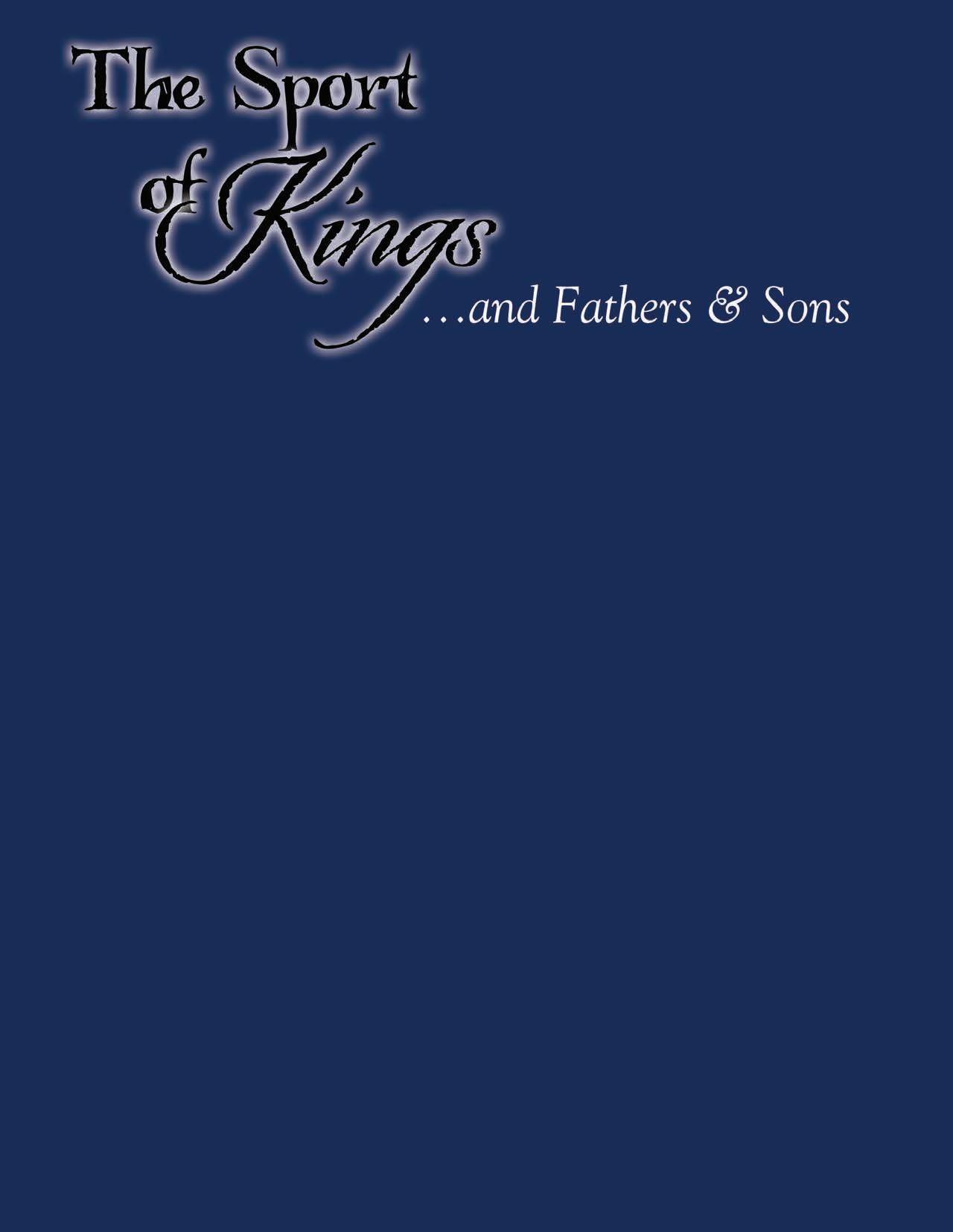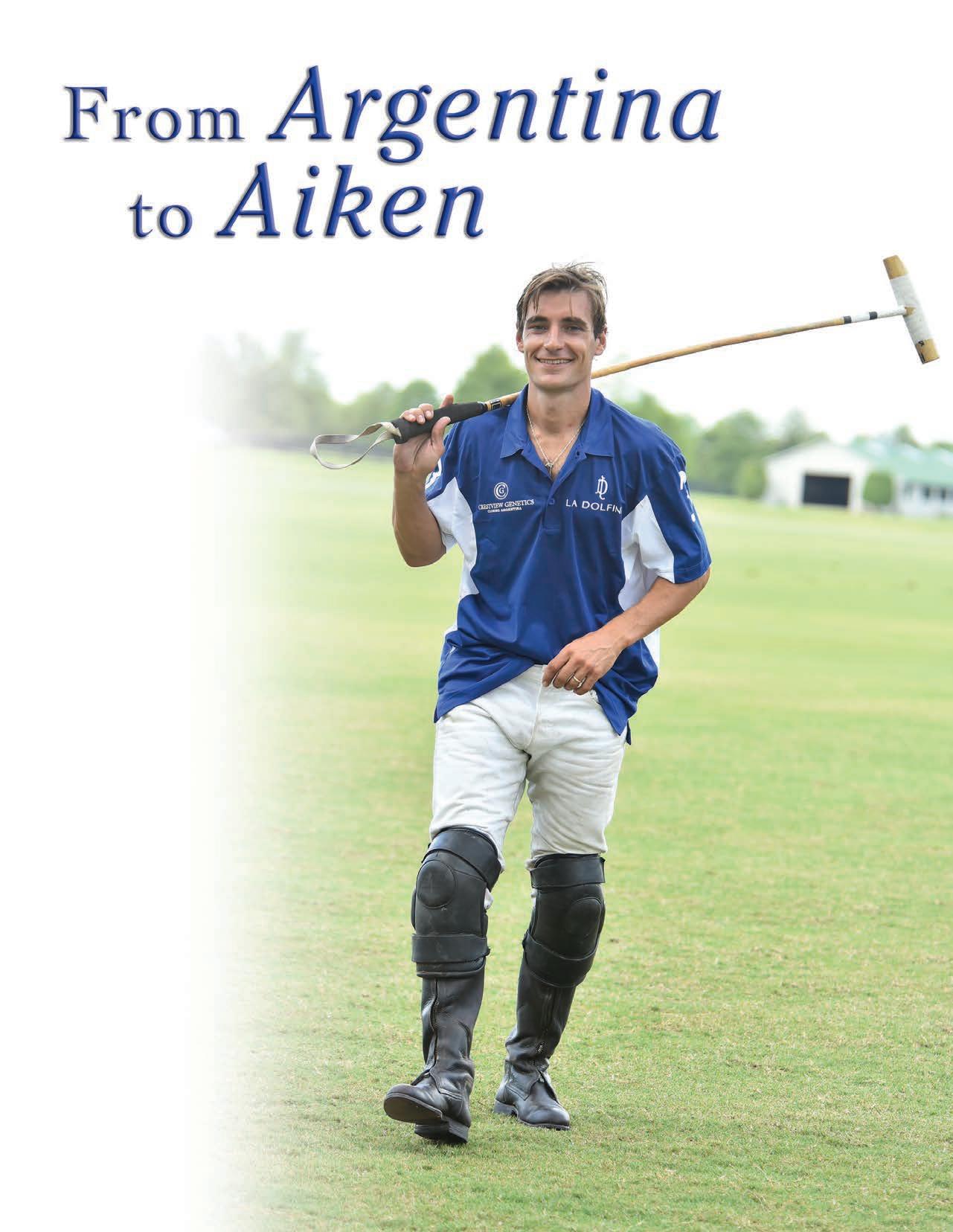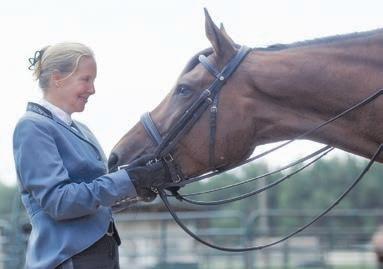Back In Balance Story By Diane Dzingle Photos By Katie Roth
I have been horse crazy for as long as I can remember. I got my first pony when I was nine, and came up through Pony Club riding, mostly OTTB. It was a lot of years of “seat of the pants” riding and a “just make him do it” attitude. That attitude started to shift eight years ago after I rescued a gelding named Turner. Because of his spookiness and propensity for bucking, Turner had flunked out of being a dressage horse and a jumper and was eventually left to starve. He was a very friendly, personable guy from the beginning, so when I was finally able to start riding him I was pretty sure it wasn’t just a “bad attitude” that made him so difficult to ride, almost dangerous when asked to do something as seemingly simple as a canter transition. It is here that I started my journey to understand what can make horses misbehave and refuse to perform. After eliminating any possible problems with saddle fit, hoof care, dental and chiropractic, I tried using an equine bodyworker and felt it was the first thing Turner responded to and received at least temporary benefit from. I was intrigued and wanted to know more. After much research, I choose to study with Jim Masterson and become a MMCP (Masterson Method® Certified Practitioner). I was attracted to this method because it works WITH the horse, not on the horse. The practitioner learns to read the horse’s response to light touch and stay under the natural bracing mechanism. This allows the therapist to access a level of the nervous system that enables the horse to release deep stress and tension in muscles and major junctions of the body.
Diane Dzingle of Back in Balance Equine Bodywork shares her journey of becoming an equine bodywork therapist. Her hands-on approach is used to prevent and relieve stress in horses as well as assist in recovery from injury. Her methods are also a tool for detecting tension, abnormalities, and other problems before they become apparent to the eye. Diane recently moved from Battleground, Washington to Aiken and continues to serve clients all over the U.S. as an integral part of their horse’s high performance program.
I went on to become certified in Equine Structural Integration because I wanted a way to be able to work with connective tissue and fascia. Connective tissue permeates the body in a 3-dimensional web that provides form, support, protection and flexibility, as well as being a communication network. Because of this interconnected nature, restrictions and holding patterns in one area of the body can transmit strain far into the web, often seen as compensatory injuries. Structural Integration aligns and balances the body by lengthening and repositioning the connective tissue. This allows the muscles to move with greater ease and the body to become coordinated and efficient in
Diane is also a representative for Theraplate, a revolutionary therapeutic platform used for rehab, physical therapy and sports conditioning for people and horses. By stimulating circulation through involuntary muscle contraction, it is a concussion free therapy that has shown dramatic results in healing everything from suspensory injury and laminitis to helping horses with cushings, EPM and tying up to name a few. There is scientific evidence that Theraplate increases bone density and builds muscle mass so it is a useful tool for horses on stall rest as well as for horses in work. Theraplate is also great for maintenance and preventative, offering protocols for warm up and cool down. Theraplate is an official sponsor of the USEF; horses stand on it because it makes them feel better! 9 0 | 2 0 1 5 | N e w B r i d g e Po l o
















